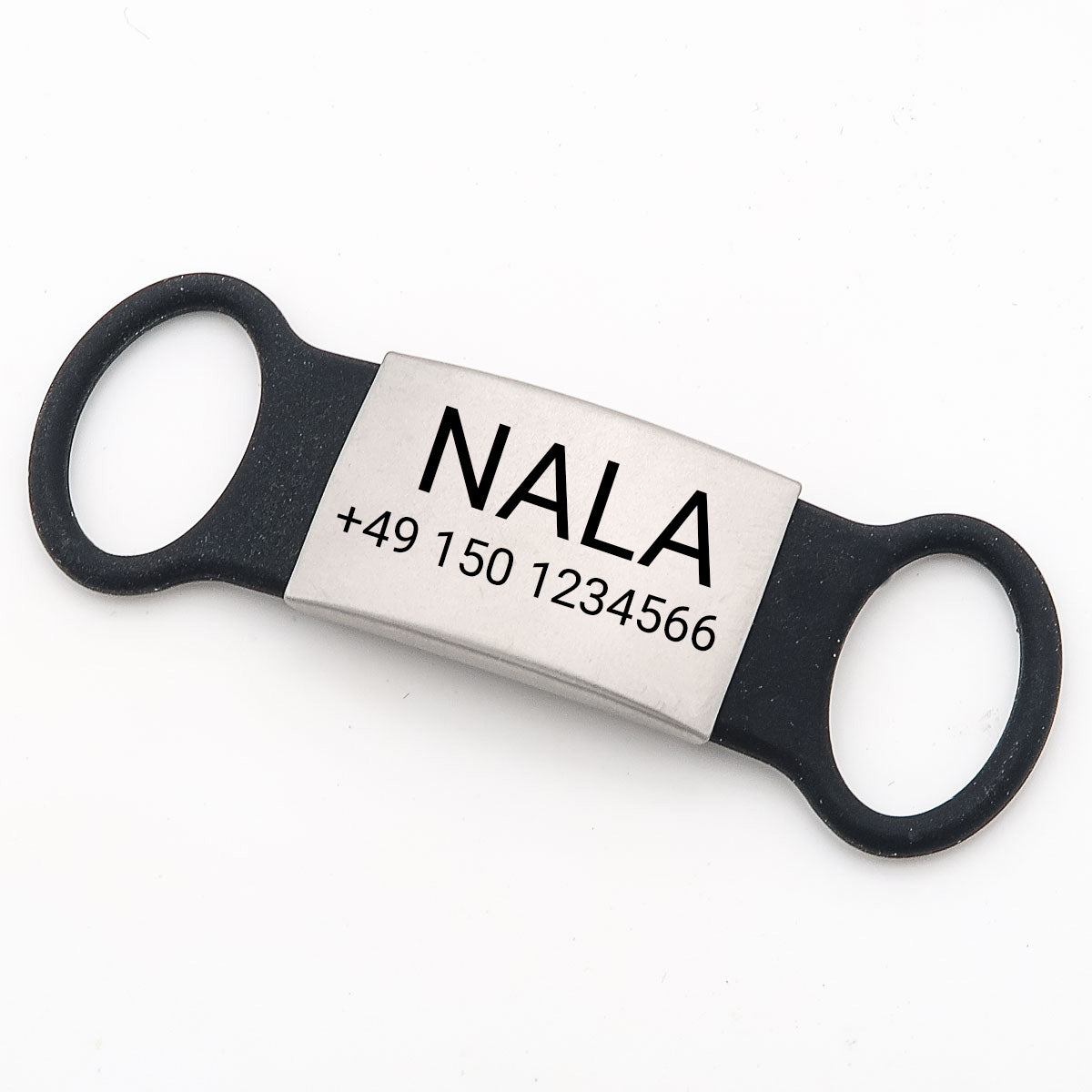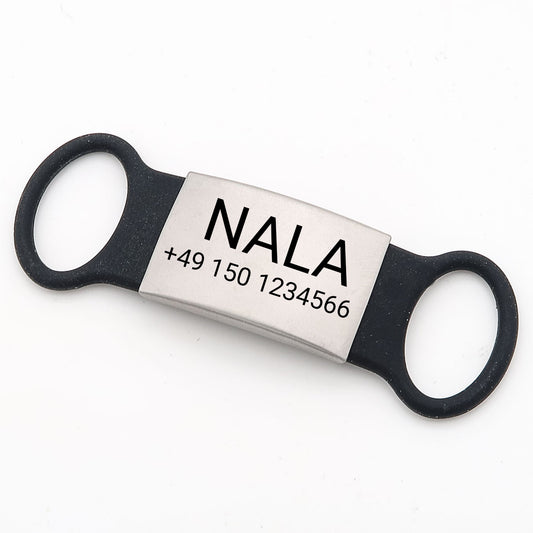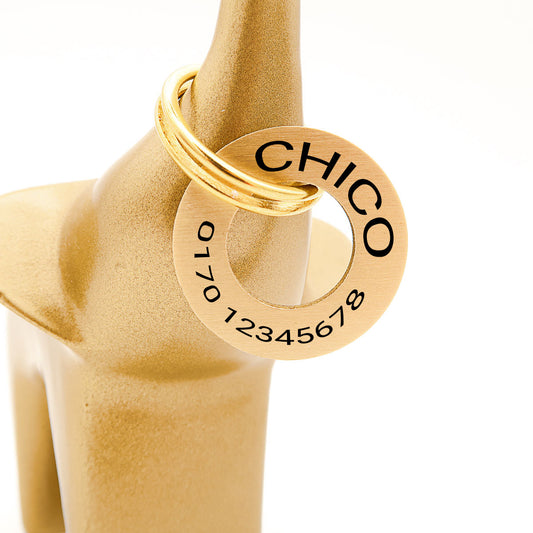
How the body size affects the life expectancy of the dog
Share
Even though every dog owner wishes that his beloved four-legged friend would reach a biblical age or at least live as long as a human, this is an unrealizable wish. Because an average dog's life is unfortunately much shorter than an average human life. Most people surely know the (however strongly simplified) formula, according to which a "human year" should correspond to about seven "dog years".
A 10 year old dog would then be in about the same age condition as a 70 year old human. This rule of thumb is only very roughly applicable, however, on the one hand because neither humans nor dogs age linearly, on the other hand because aging proceeds differently with the different dog breeds and it also depends very much on how a dog is fed, cared for and medically attended.
How old does the dog become on average?

Statistically, how long do dogs actually live and which dog breeds have the highest life expectancy? As a rule, smaller dog breeds live longer than medium-sized ones, and large dogs live for a much shorter time than smaller ones. Rehpinscher, Chihuahua or dwarf poodle, for example, have an average statistical life expectancy of 16 years, individual representatives of small dog breeds may well live to 20 years.
Medium-sized dog breeds such as spaniels, beagles and collies have an average life expectancy of 12 to 13 years, and very large dogs such as St. Bernards, Irish wolfhounds, German shepherds and Great Danes only live for about 6 to 8 years, statistically speaking. But of course these are only statistical values. Large deviations upwards or downwards occur again and again. If you look at the ancestors of today's dog breeds, the wolves, they have about the size of medium dogs and their life expectancy is on average about 12 years, in captivity about 15 years.
What is the reason for the different life expectancy of the dogs?

What is the reason that smaller dogs have a higher life expectancy than larger dogs is not yet completely clear scientifically. In a way, it is even illogical, considering that, in principle, large animal species live longer than small ones. The elephant will normally live much older than the mouse, the horse older than the brown hare. But the different life expectancies of dogs do not concern the animal species dog per se, but the specific dog breeds. And there are very few animal species that differ so much from each other in size, weight and physique, depending on the breed, as dogs do. They can weigh 2 kg when full grown, but also over 70 kg. The shoulder height can be at 25 cm but equally well 80 cm and beyond.
On the other hand, if we look at the birth weight of the puppies, for example, a newborn Papillon (a dwarf spaniel) weighs on average 0.16 kg and a Great Dane puppy weighs on average 0.74 kg. When fully grown, the Papillon weighs about 3 kg, but the Great Dane weighs 85 kg. So the dwarf dog multiplies its birth weight about 48 times, the Great Dane over 85 times.
The huge growth performance that especially large dogs have to accomplish in a short time is very likely the reason why they age and die faster. They need particularly much energy to grow and at the same time also to maintain the function of all organs.
This energy should be lacking to a certain extent to intercept the so-called free radicals, which cause cell damage in the organism or also to be able to repair this cell damage again and again. That is why the aging process begins earlier in large breeds of dogs and is also somewhat steeper. The life expectancy, i.e. the biological lifetime, is therefore reduced.
What else influences the life expectancy of dogs?

Of course, it is also determined by the attitude of the dog. Does he get healthy nutritious food, enough exercise, good care? The possibility of being able to intervene and support with effective medication in the case of diseases and organ damage also has a certain influence on life expectancy.





